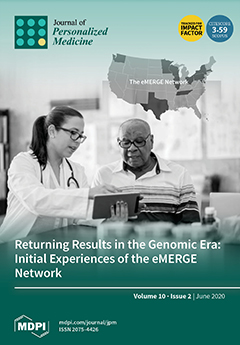Several active principles from plants could trigger the release of stem cells from the bone marrow. Stem cell mobilizers have shown side effects in patients. Thus, the purpose of this paper is to find the natural products from plants (curcuminoids, glycosinolate of sulforaphane,
[...] Read more.
Several active principles from plants could trigger the release of stem cells from the bone marrow. Stem cell mobilizers have shown side effects in patients. Thus, the purpose of this paper is to find the natural products from plants (curcuminoids, glycosinolate of sulforaphane, AFA bluegreen algae), which could be potential stem mobilizes without adverse side effects. The antioxidant curcumin [1,7-bis(4-hydroxy-3-methoxyphenyl)-1,6-heptadiene-2,5-dione], glycosinolate of sulforaphane (broccoli) or AFA (
Aphanizomenon flos) extract promote beneficial effects in patients. The number of circulating stem cells were monitored by HSC marker-CD34 by flow cytometry in peripheral blood from healthy subjects. CD34 is a hematological stem cells (HSC) marker. A double-blind study was conducted in 22 healthy subjects. We have evaluated whether short-term AFA—
Aphanizomenon flos aquae—algae or curcuminoids consumption (powder or liquid formulation) over 48 consecutive hours could increase the total number of peripheral CD34+ blood cells (
n = 22,
n = 5 subjects/group). The total number of circulating CD34+ cells were quantified after short-term and long-term nutritional supplementation; their levels were compared with their own basal levels (
n = 5/group, controls: before taking any supplement) or placebo-treated patients (
n = 7); their average age was 54 years old. We also evaluated whether long-term nutritional supplementation with several nutraceuticals could enhance HSC mobilization by increasing the total number of peripheral CD-34+ cell after seven or 38 consecutive days of administration (
n = 5, with seven placebo-treated patients). The long-term administration take place with these doses/day [curcuminoids: 2000 mg/day, equivalent to 120 mg of curcuminoids/day), glycosinolate of sulforaphane (66 mg/day), plus AFA Algae bluegreen extract (400 mg/day)]. On the last day (10 a.m.) of treatment, blood samples were collected six hours after taking these supplements; the average age was 54 years old. Notably, the blue green AFA algae extract consumption over 48 h enhances HSC mobilization by increasing the total number of peripheral CD34+ cells. The long-term administration with curcuminoids, glycosinolate of sulforaphane, and AFA bluegreen algae extract also increased the total number of CD34-HSC cells after seven or 38 days of consecutive of administration in healthy subjects.
Full article






